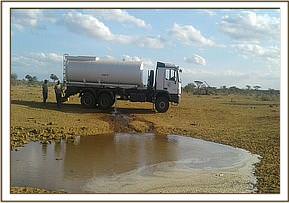Tsavo has been in the grip of an extremely brutal dry season, as the April May rains all but failed this year, with the last meaningful rains falling in November December 2015
Tsavo has been in the grip of an extremely brutal dry season, as the April May rains all but failed this year, with the last meaningful rains falling in November December 2015.
Those rains were good rains thankfully, and the upcountry the rains have been exceptional which has helped alleviate the water crisis as the Athi and the Tiva rivers flowed throughout the year as the sandriver Tiva very often dries necessitating the elephants to have to dig for their water, enabling other wildlife to benefit from the sand dug wells in the dry seasons.
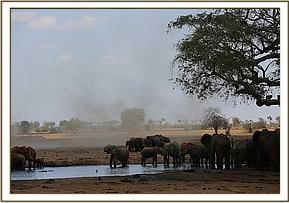
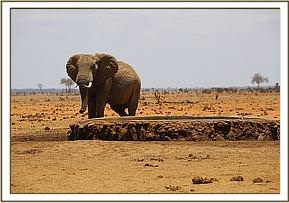




The Trust has this year added a number of new boreholes to our existing complement of water installations in Tsavo in an effort to alleviate the situation, providing much needed water over a vast area. We have now funded and look after ten boreholes within Tsavo East and West, with our most recent borehole drilled this year called DIDEA powered by a windmill and situated in the South eastern part of the Park. This borehole has proven to be an elephant favourite this dry season. Another borehole recently installed is the KANDERI borehole on the Voi River also in the Southern part of Tsavo East. Situated in a beautifully picturesque site, three troughs overflow into a waterhole mudwallow, enabling many herds of elephants and a abundant number of other game to enjoy perfectly fresh water. KANDERI is powered by a cleverly disguised sunken solar installation which cannot be seen, so in no way impacts the aesthetics of this site.

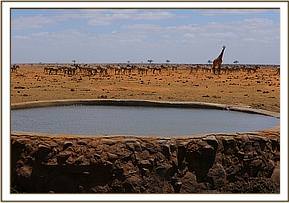
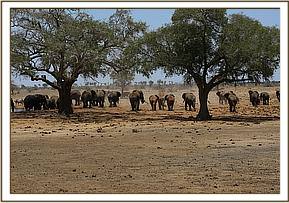



Aruba is another Trust funded borehole, and then both the Ndara and Dida Harea boreholes are situated out on the Dika plains. The Ndara borehole trough spills into an expansive waterhole making this area very popular with Tsavo’s plains game animals, including Zebra, hartebeest, eland and oryx to name just some. As we write this the Trust is creating an eleventh borehole on the southern plains of Tsavo, a borehole we are calling Wangalla.
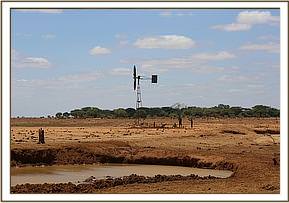

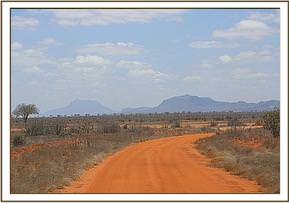

October has been a fiercely hot month, with dust devils stirring up the parched red earth creating dust storms across the plains, as the wildlife search for food and then rest up in the heat of the day under what little shade they can find. Heat mirages blur the horizon with herds of animals making their way to these water points which are quite literally the life blood of the southern sector of Tsavo East. The Trust funds a maintenance team that constantly makes the rounds, cleaning the troughs, cleaning solar panels, and ensuring that the windmills are working to optimum capacity, mindful that any failure at this time of year could have dire consequences.

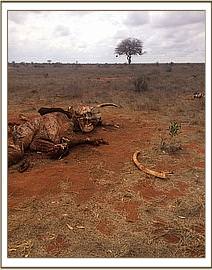

Sadly at this time of year these watering points can also prove fraught for the wildlife with predators lying up in wait for their pray who predictably stream in each day. This month while our team was doing the rounds they came across two tiny newborn elephant babies dead and dragged under the same tree. Their bodies remained intact and untouched, but their injuries and the drag marks, along with the tracks pug marks in the scorched earth left little doubt that they had been killed by lions. It remains a mystery why they were not eaten.

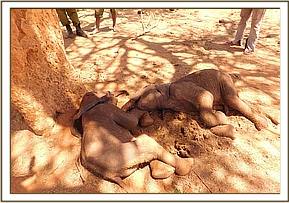


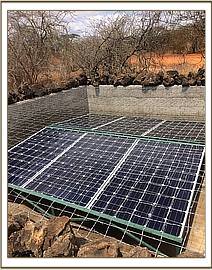
When the rains do finally break this area is transformed into a paradise of miles and miles of grassy plains, filled with wildlife, birds, butterflies and wild flowers. Waterholes throughout the region brim full of water, with their edges heaving with life. We are praying for the rains to break, because for some the drought has proved too harsh with a number of elephants, buffalos and other species falling victim to its grasp.
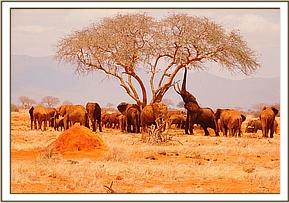
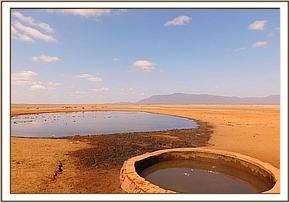
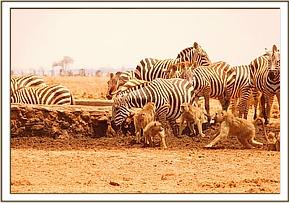
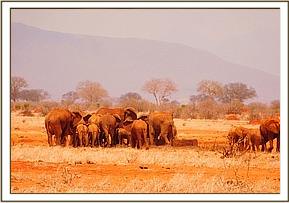

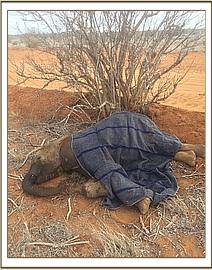

The Trust funded boreholes include the following:
Voi, Aruba, Ndara, Dida Harea, Didea, Kanderi,Ithumba, Ndii Ndaza, Tiva, Kamboyo, Wangala
TO SUPPORT OUR DROUGHT EMERGENCY FUND CLICK HERE
